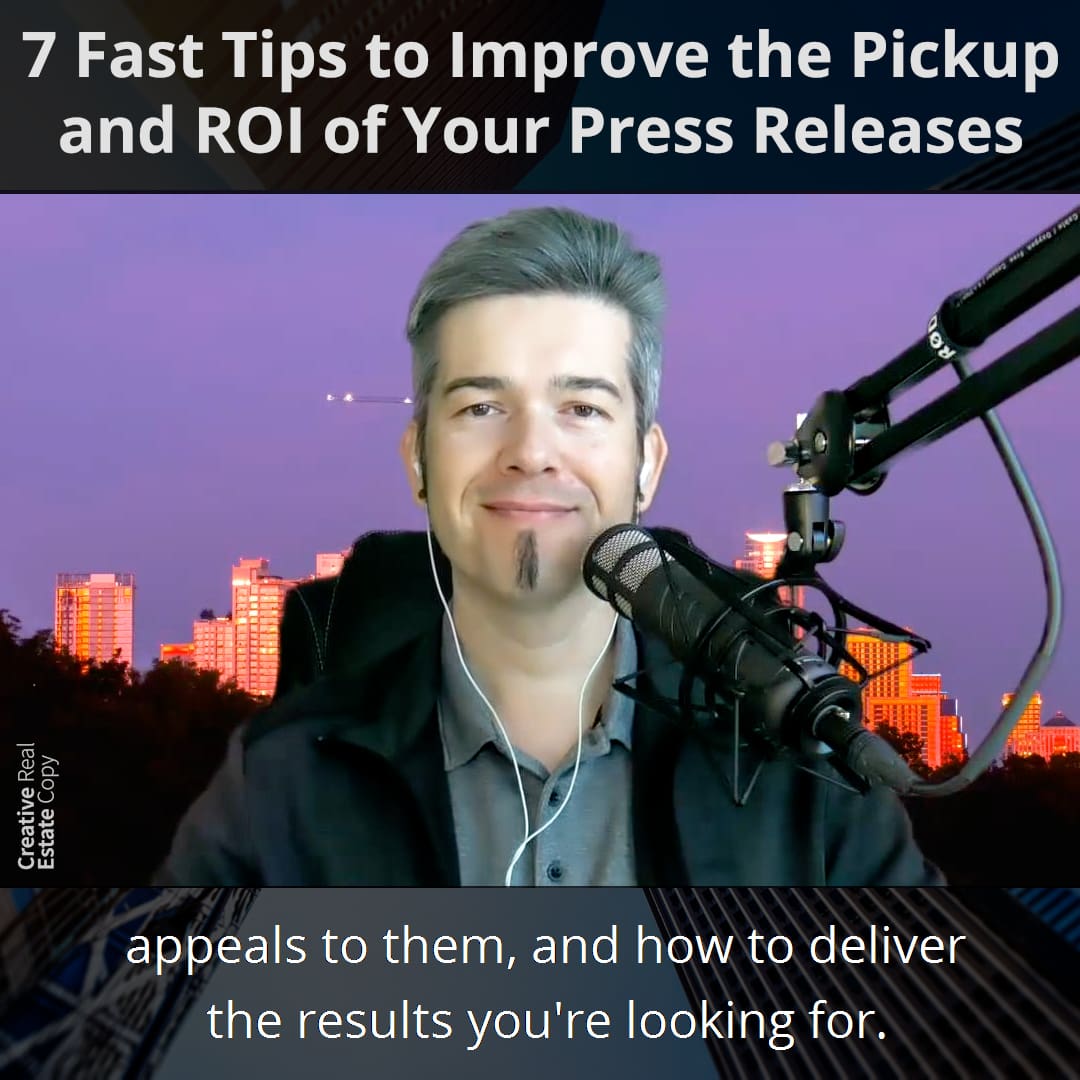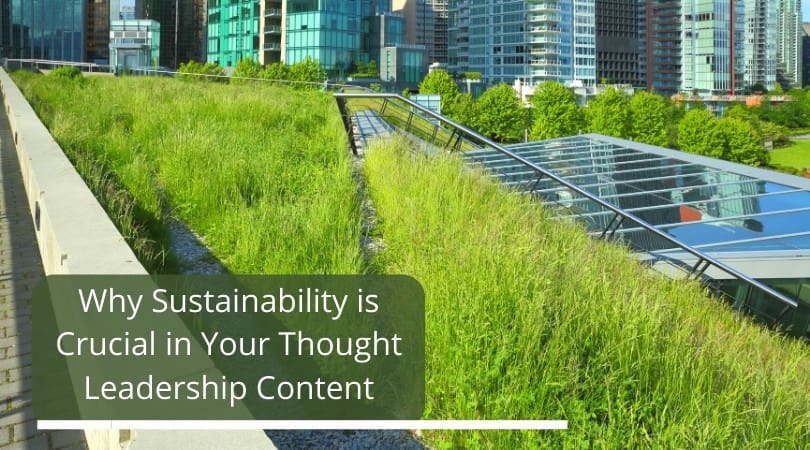Successful pitching in commercial real estate public relations is a function of two fundamental things: creating value and telling a story. We all appreciate useful information and get drawn into a compelling storyline. Journalists scan for these two components when they receive your pitch. This only takes a few seconds, and if you haven’t communicated these effectively upfront, it’s game over.
In launching or growing your business, given the substantial cost of paid media (conventional advertising), getting earned media (public relations) is crucial to your ability to scale while keeping your marketing budget manageable.
Let’s go over what’s most valuable to journalists and their audiences and how to communicate your insights and story in a way that drives results.
What journalists and the audience want to know
If you’ve communicated with a CRE journalist, you know they have clear expectations and standards regarding the types of stories they will consider. They’ll mince no words in expressing exactly how they feel about what you’re pitching — or you just won’t hear back.
So, what are journalists looking for?
Stories that create value for their audience, i.e., provide insights, inspiration, and takeaways (actionable advice).
Here are some of the high-value topics of interest in commercial real estate media:
- Statistics (primary research)
- Market outlooks/projections
- New technologies and business models
- Mergers and acquisitions
- Hiring announcements
- Transactional news
- Product releases
- Market trends
- Capital raises
When considering a potential story, ask: “What could a reader do with this information?”
If it can help them identify opportunities in the marketplace, avoid risk, get inspired, or anything else fruitful, you likely have something worth sharing with the media and audience. If you’re unsure if the story idea is viable but have a relationship with a journalist, you can leverage that connection to gather feedback on your idea. The journalist may even appreciate you asking for their thoughts and giving them first access to the story.
Before you send a pitch, know the journalist’s interests and what beat they cover; only pitch stories relevant to their publication and followers. With most publications’ websites, you’ll find a search bar where you can punch in a journalist’s name and browse all the articles they’ve written — Google search also works.
Gathering the facts and how to present them
Once you have a viable angle in mind, you need to present it in a manner that immediately captures the attention of journalists.
Get to the heart of the matter right away by addressing the FACTS. Opinions and feelings have a place in an authentic story, but what’s most critical are the factual details — the subjective is the icing on the cake of truth and reason.
Hook the journalist with a headline and first paragraph that address the 5Ws:
- Who:
- is involved (stakeholder organizations and individuals)?
- is it relevant to or would be interested?
- does it impact or benefit?
- What:
- is being announced?
- is the past or planned outcome?
- are the details?
- When:
- did or will it start/finish?
- was the idea conceived?
- will the impact be felt?
- Where:
- is it happening?
- did it start or originate?
- will it have an influence?
- Why:
- is it important to the audience?
- will it support the industry/consumers/society?
- did the company or individual launch this initiative?
- are the stakeholders excited about it?
Start with a blank document and set up bullets like these. Plan a discovery call with your team and any involved stakeholders and talk through these points until you feel confident you’ve gathered all the facts and context for the story. And to make it easy to prepare executive quotes to include in the release, record the meeting and pull from the conversation.
The result will be a substantive press release covering everything a journalist would want to know to make a quick decision to respond to your pitch and request an interview. This is how CREC starts the discovery process for every release — it works!
When sending out a pitch, you can either present it as a formal press release or write it up like a genuine email directly to the journalist. If your announcement is relevant nationally, you’ll want to prepare a press release and publish it to a leading newswire service (Cision). In addition to putting it on the wire, paste the copy of your press release into the footer of a friendly personal email and send it to the journalists you know who, based on your research, write about the subject.
For releases primarily of interest regionally, a personalized, informal email is ideal. Include all the facts and the story in the body of the email, preceded by a gentle, rapport-building introduction. Follow the details with a low-pressure call-to-action to request more information and schedule a conversation. It’s okay to make the tone softer and less journalistic than a traditional press release but stay objective.
Should you follow up by phone?
If you know you’re sending the pitch to a journalist that would care about the story, it’s acceptable to follow up with a phone call to check if they’ve received your email and can provide any feedback. If you already have a relationship with the journalist, you should certainly give them a ring — it helps build rapport and might save your email from the junk folder.
Telling a story and what not to do
Whatever you pitch and however you put it out there, it needs to be framed in a narrative. While the facts are the priority, the story puts the announcement in context and helps the reader relate. The storyline allows the audience to understand how things got to where they are and how the information fits into the broader framework of industry, society, and life.
Telling a story can sound challenging; however, it’s relatively straightforward in commercial real estate PR. Using the facts and story points you pulled together in the 5Ws exercise, you can assemble a narrative that commences with all the key facts.
Then, in the body of the release, elaborate on how the announcement developed, who was involved, what role they played, what outcome occurred (or will), and why it’s relevant to internal and external stakeholders (including industry and community). Reach out to CREC for examples of what this looks like.
Finally, let’s talk about what not to do in your pitch — these will save you:
- Don’t be self-serving or promotional.
- Report the facts and don’t use a persuasive style.
- Take a journalistic tone.
- Keep it in 3rd person — No ‘I/You/We.’
- Avoid adjectives and adverbs, i.e., don’t dress it up.
- Convey opinions and feelings in quotes from the executives (no more than 2-3).
Stories that give
Thinking like a journalist and anticipating readers’ interests will get your story out there. In commercial real estate, like most industries, what’s most interesting are stories that ‘Give.’ When you provide the audience with something that inspires, informs, or equips them to do something that leads to growth, journalists will quickly respond to your pitches and be happy to write articles that feature your company and executives.




 Creative Real Estate Copy
Creative Real Estate Copy